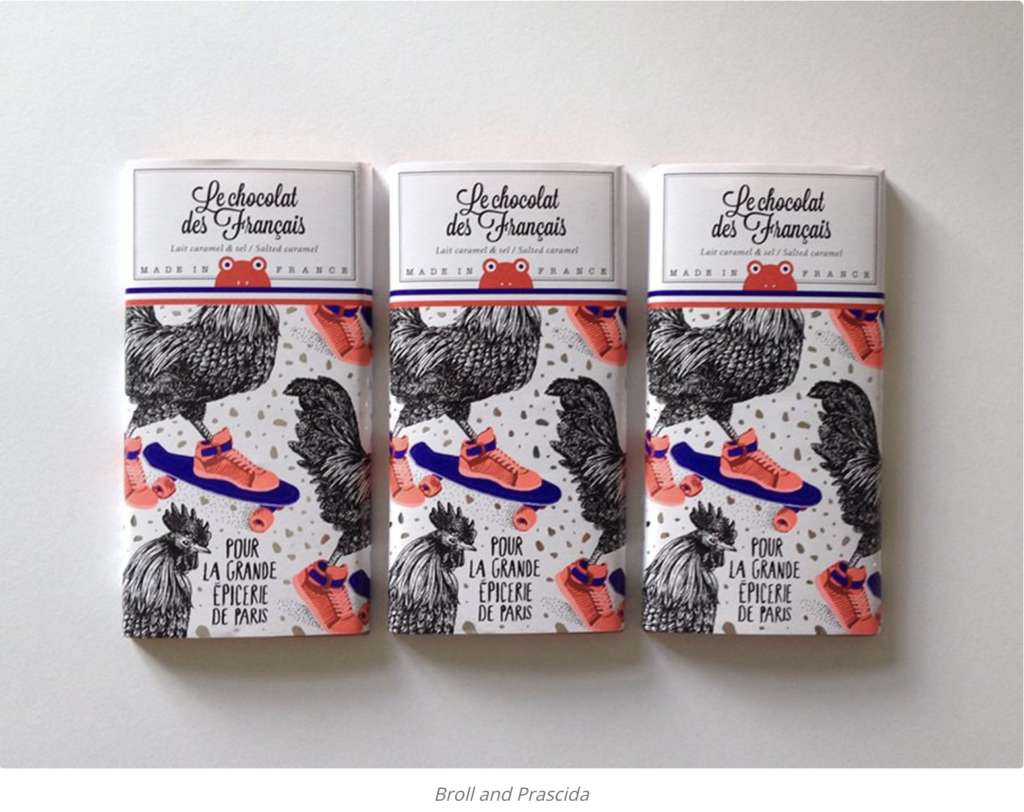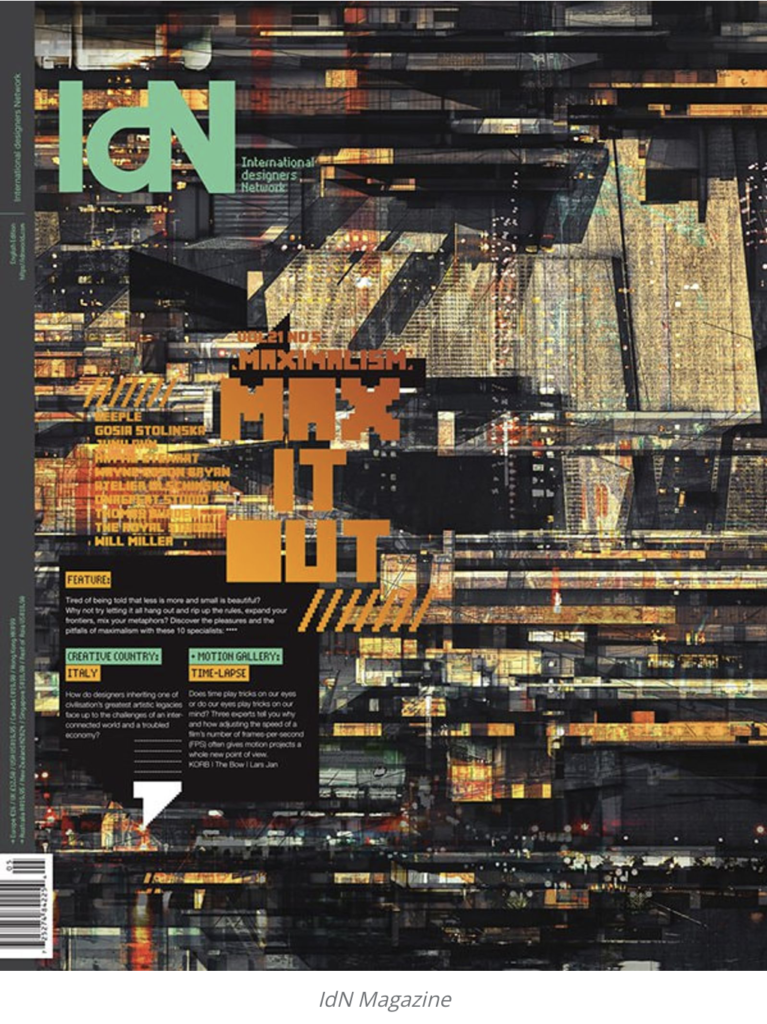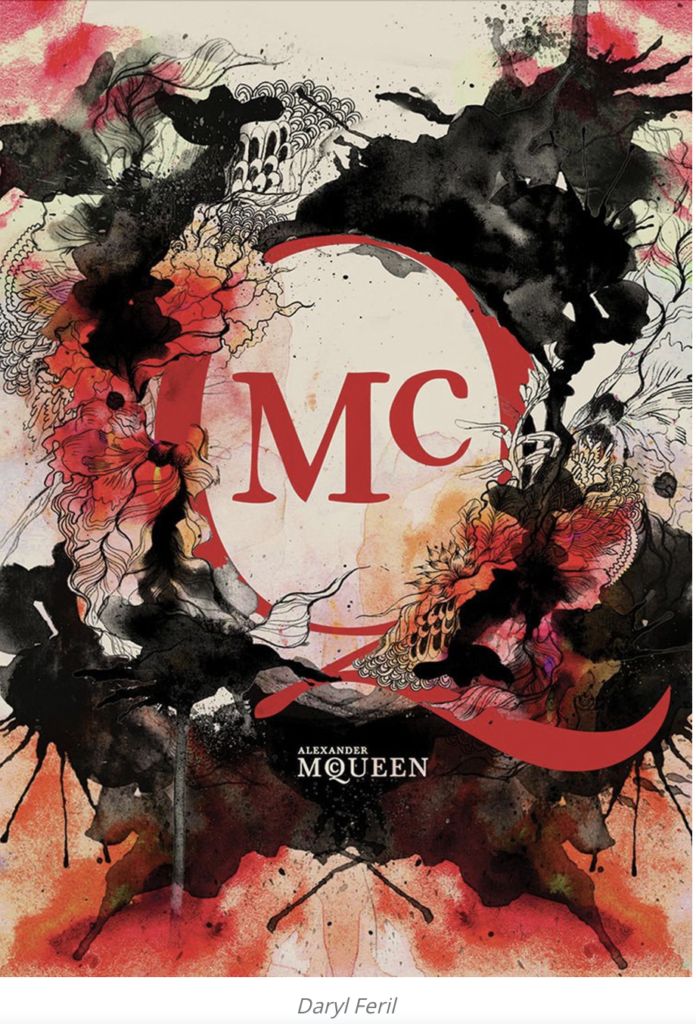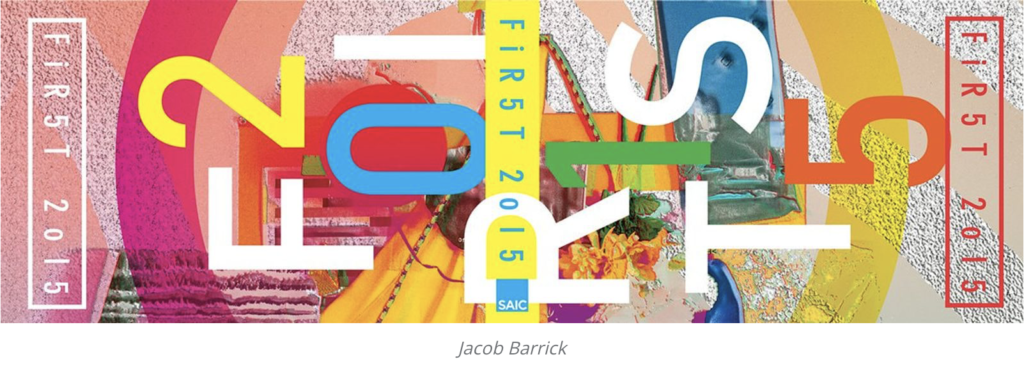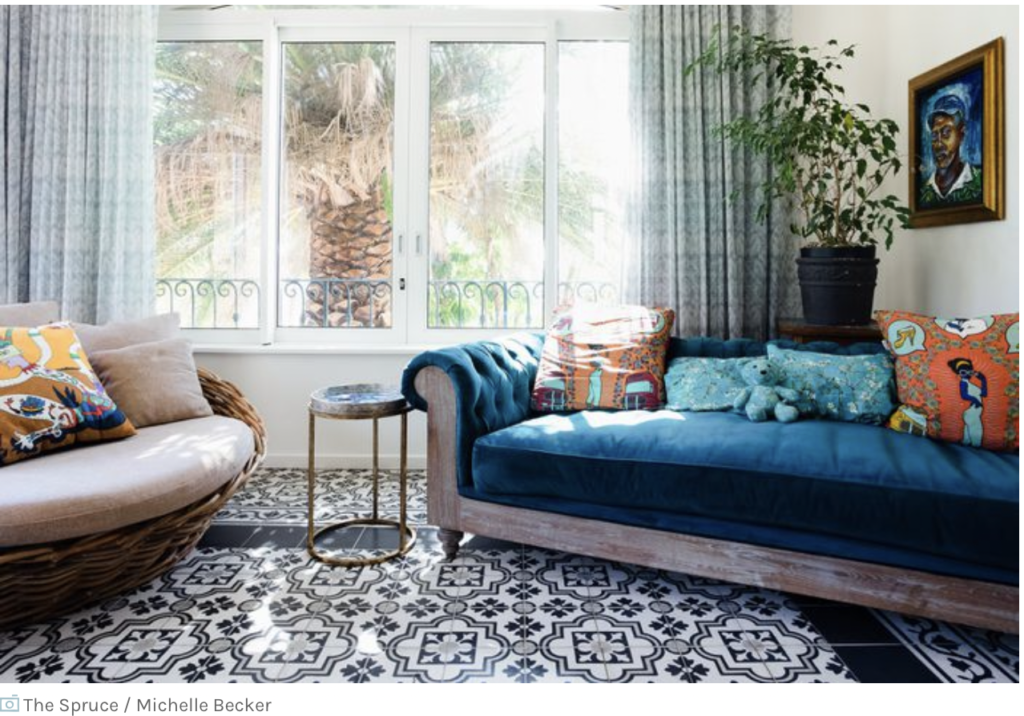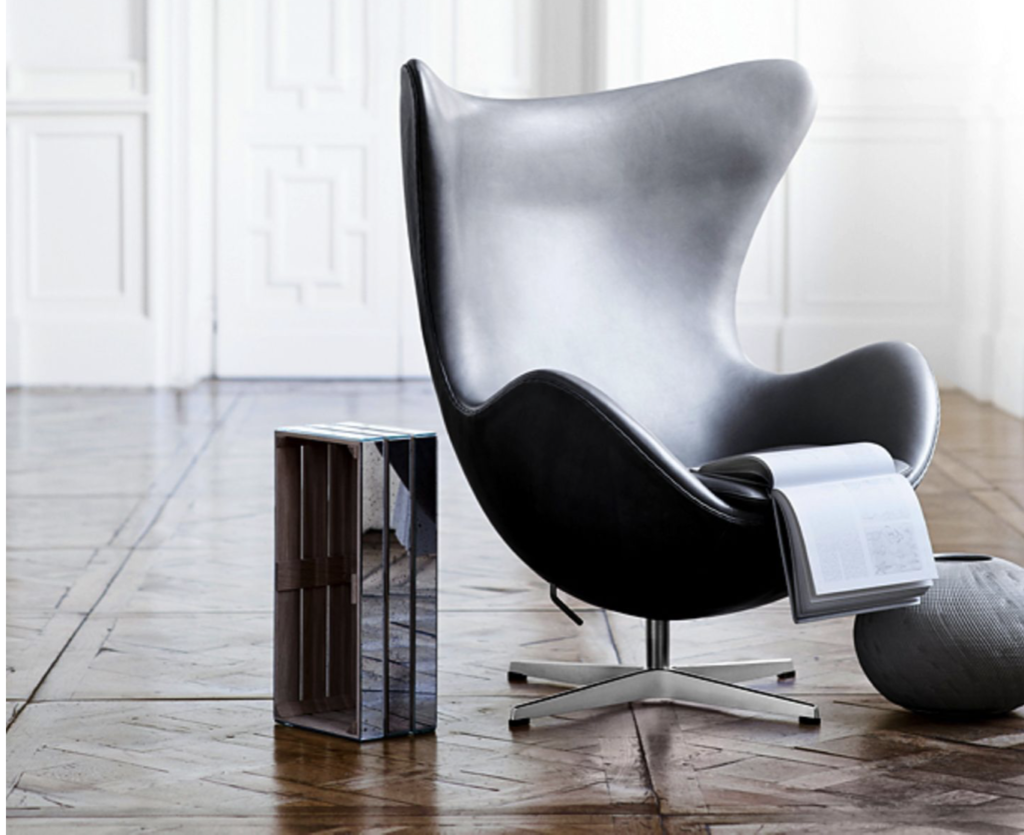In my last research session I came a cross an article from:
Ngoc (Rita) To, University of Houston, USA
Vanessa M. Patrick, University of Houston, USA
NA – Advances in Consumer Research Volume 45 | 2017
Here are my most important findings from this article:
In some important aspects of marketing, aesthetics plays a very crucial role, for example in product creation, package design or website layouts. Therefore, the consumers perception of “beauty” can be an important trigger for behavior like product choice, the willingness to pay or the perception of quality. (To & Patrick, 2017) p. 258
Recent studies in consumer behavior ask themselves the question which set of aesthetic features impact consumer’s consumption experience. A current study investigates how a specific design style, more precisely how a minimalist or maximalist design style, can influence consumer self-brand connection (SBC). Minimalist design can be characterized through simplicity through basic geometric shapes, limited decoration, and abundant white space. On the contrary, maximalist design is defined by richness, an abundance of geometric patterns with minimal white space. Although those visual elements are very diverse, brands have been using both styles to convey a luxury appeal. For, example, Apple’s minimalist design stands for luxury and high fashion but so does Versace’s, who’s brand image is full of decorative ornaments.
The authors suggest that certain types of aesthetics like minimalism and maximalism arouse distinct functional attitudes. The theory of functional attitudes proposes that people hold certain attitudes because they are useful, and those attitudes serve important social functions. Those social functions can be for instance, allowing people to express their own values (value-expressive attitudes) and facilitate self-presentation (social adjustive attitudes). Further, the authors propose that minimalist design causes more value-expressive attitudes. When people view minimalist art, the experience is often transformed into a more relatable happening, where the viewer can engage with the work of the creator. This effect also happens when a minimalist design is used in brand communication. Consumers get the freedom to develop their own meaning off the brand instead of just receiving the message. For example, the Japanese retail brand “MUJI” has a brand communication concept of “emptiness” which emphasizes simplicity and white space. In this way, consumers get the chance to develop and their own believes and perception of the brand. Due to the freedom of self-expression, which is inherent in its visual aesthetics, the authors suggest that minimalist design enhances SBC through the facilitation of value-expressive attitudes.
In contrast, To and Patrick hypothesize that maximalist design causes more social-adjustive attitudes, as maximalist aesthetics are often used for gaining social approval. The authors draw here from people’s direct experience with maximalist design which often happens in a specific social context where the goal of self-presentation is often in focus. For example, people often come across complex pattern moldings when they visit a cathedral or a five-star luxury hotel. Therefore, consumers seem to have developed a tendency for maximalist design if they seek to present a desirable self-image. Furthermore, people tend to associate maximalist design with impression-management motives to, for example, signal social prestige. Throughout history, well known figures and personalities often used intriguing creations to represent their stature, for example, the ornate interior in the Palace of Versailles. According to the suggestion that maximalist aesthetics are frequently used for gaining social approval, the authors predict that maximalist design enhances SBC by causing social-adjustive attitudes. Because of the different attitudes minimalist and maximalist design triggers in people, To and Patrick propose power as a moderator for the effects. Power in this context is defined as “asymmetric control over valued resources in social relations” (Rucker, et al. 2012) and can either foster agentic or communal orientations. Feeling powerful can lead people to be more agency-oriented (i.e. focused on oneself). This is because being higher in social hierarchy gives people the freedom to follow their own value. On the other hand, feeling powerless makes people more communal oriented, in other words, more focused on others. This is because being in a lower social hierarchy makes you more dependent on others for valued resources.
Therefore, To and Patrick suggest that minimalist design will enhance SBC for high-power consumer, whereas maximalist design will enhance SBC for low power consumers. These hypotheses were tested across five studies. In those studies, packaging design was manipulated in a way that the decorative elements of the package varied while the other features stayed the same. For relevancy reasons, studies one and two will now be elaborated more thoroughly. In the first study, the participants evaluated a minimalist vs maximalist design of a fictional tea brand. Then, their value-expressive and social adjustive attitudes were assessed. To and Patrick found out that minimalist design causes more value-expressive attitudes while maximalist design causes more social-adjustive attitudes. Very interesting is that both packaging designs were experienced as equally attractive and luxurious. In their second study, the authors focused on the hypothesis about power. The study showed that high-power participants felt a stronger SBC to minimalist design while low-power participants felt stronger SBC to maximalist design.
